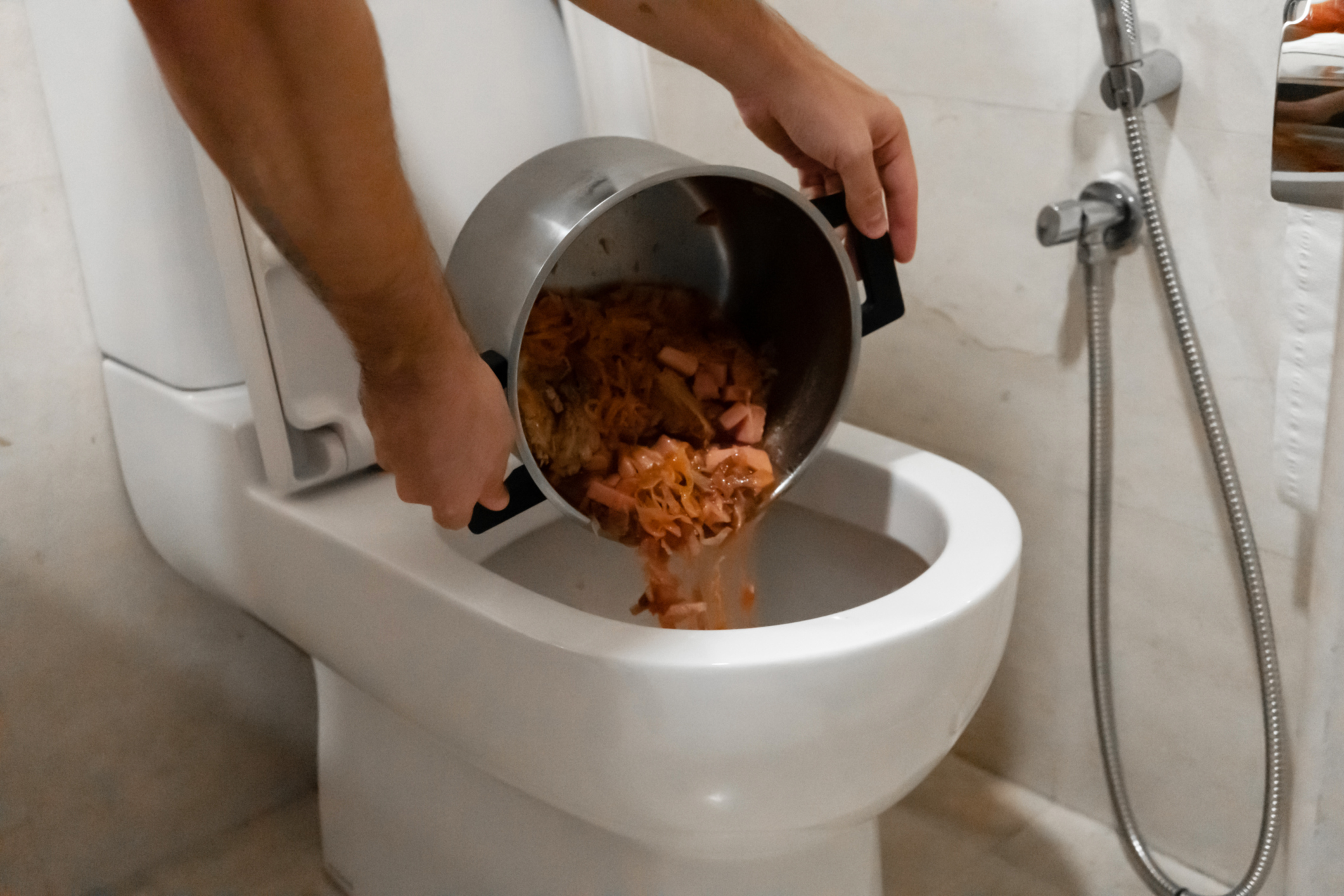Can One to Dispose of Food Down the Toilet?
Can One to Dispose of Food Down the Toilet?
Blog Article
Nearly everybody will have their own conception in relation to Flushing Food Down the Toilet?.

Introduction
Lots of people are often faced with the problem of what to do with food waste, particularly when it concerns leftovers or scraps. One common inquiry that emerges is whether it's all right to purge food down the toilet. In this article, we'll explore the reasons individuals might take into consideration flushing food, the effects of doing so, and alternative approaches for proper disposal.
Reasons that people may take into consideration flushing food
Lack of understanding
Some people might not be aware of the prospective damage brought on by flushing food down the bathroom. They might incorrectly believe that it's a safe practice.
Comfort
Flushing food down the commode might feel like a quick and easy service to getting rid of undesirable scraps, especially when there's no close-by trash bin readily available.
Negligence
Sometimes, individuals may merely choose to flush food out of large idleness, without considering the effects of their actions.
Effects of flushing food down the toilet
Ecological influence
Food waste that winds up in waterways can add to contamination and harm water ecosystems. Furthermore, the water made use of to purge food can stress water sources.
Plumbing problems
Flushing food can cause blocked pipes and drains pipes, causing expensive pipes fixings and hassles.
Sorts of food that should not be purged
Fibrous foods
Foods with fibrous textures such as celery or corn husks can get entangled in pipes and cause obstructions.
Starchy foods
Starchy foods like pasta and rice can take in water and swell, causing obstructions in pipelines.
Oils and fats
Greasy foods like bacon or cooking oils need to never be flushed down the commode as they can solidify and trigger clogs.
Proper disposal methods for food waste
Utilizing a waste disposal unit
For homes furnished with waste disposal unit, food scraps can be ground up and purged through the pipes system. Nevertheless, not all foods are suitable for disposal in this way.
Recycling
Specific food packaging materials can be reused, reducing waste and decreasing environmental impact.
Composting
Composting is a green method to dispose of food waste. Organic products can be composted and used to enrich soil for horticulture.
The relevance of proper waste management
Reducing ecological harm
Correct waste monitoring practices, such as composting and recycling, aid lessen contamination and maintain natural resources for future generations.
Safeguarding plumbing systems
By avoiding the practice of flushing food down the bathroom, homeowners can stop costly pipes repair work and preserve the honesty of their plumbing systems.
Conclusion
To conclude, while it might be alluring to purge food down the commode for convenience, it is necessary to recognize the possible repercussions of this action. By adopting appropriate waste administration practices and taking care of food waste properly, people can contribute to healthier plumbing systems and a cleaner environment for all.
FLUSH FOOD DOWN THE TOILET?
FLUSHING FOOD CAN CAUSE BLOCKED DRAINS IN YOUR HOME
All of the plumbing fixtures in your home are connected to the same sewer pipe outside of your home. This outdoor sewer pipe is responsible for transporting all the wastewater from your home to the Council sewer mains. Even small pieces of food that go down the kitchen sink can cause problems for your sewer. It should therefore be obvious that flushing larger bits of food, such as meat, risks a clog in either the toilet itself or the sewer pipes. Flushing greasy food is even more problematic because oil coagulates when it cools, coating the interior lining of your pipes.
THE TOILET IS NOT A BIN
Food isn’t the only thing that people shouldn’t be flushing down the toilet. People use the toilet to dispose of all kinds of things such as tampons, makeup wipes, dental floss, kitty litter and even underwear. Water goes to great lengths to educate residents about the high costs and stress placed on wastewater treatment systems simply from people flushing the wrong stuff down the toilet. It costs taxpayers millions of dollars each year, and homeowners thousands in blocked drain repairs.
FLUSHING FOOD IS A WASTE OF WATER
Flushing food is a waste of our most precious resource - water. In June this year Level 1 water restrictions were introduced to protect water supply from drought conditions. Much of New South Wales continues to be affected by prolonged drought with recent figures revealing up to 97 per cent of the state remains in drought. Depending on whether you have a single or dual flush toilet, every single flush uses between five and 11 litres of water. In the current climate this is a huge amount of water to be wasting on flushing food that should be placed in the bin (or better yet, the compost).
https://www.jabplumbingsolutions.com.au/blog/can-you-flush-food-down-the-toilet

As a fervent person who reads about , I figured sharing that information was a good thing. Do you know someone else who is looking into Flushing Food Down the Toilet?? Take a moment to share it. Thank you for your time. Return soon.
Free Estimates Report this page